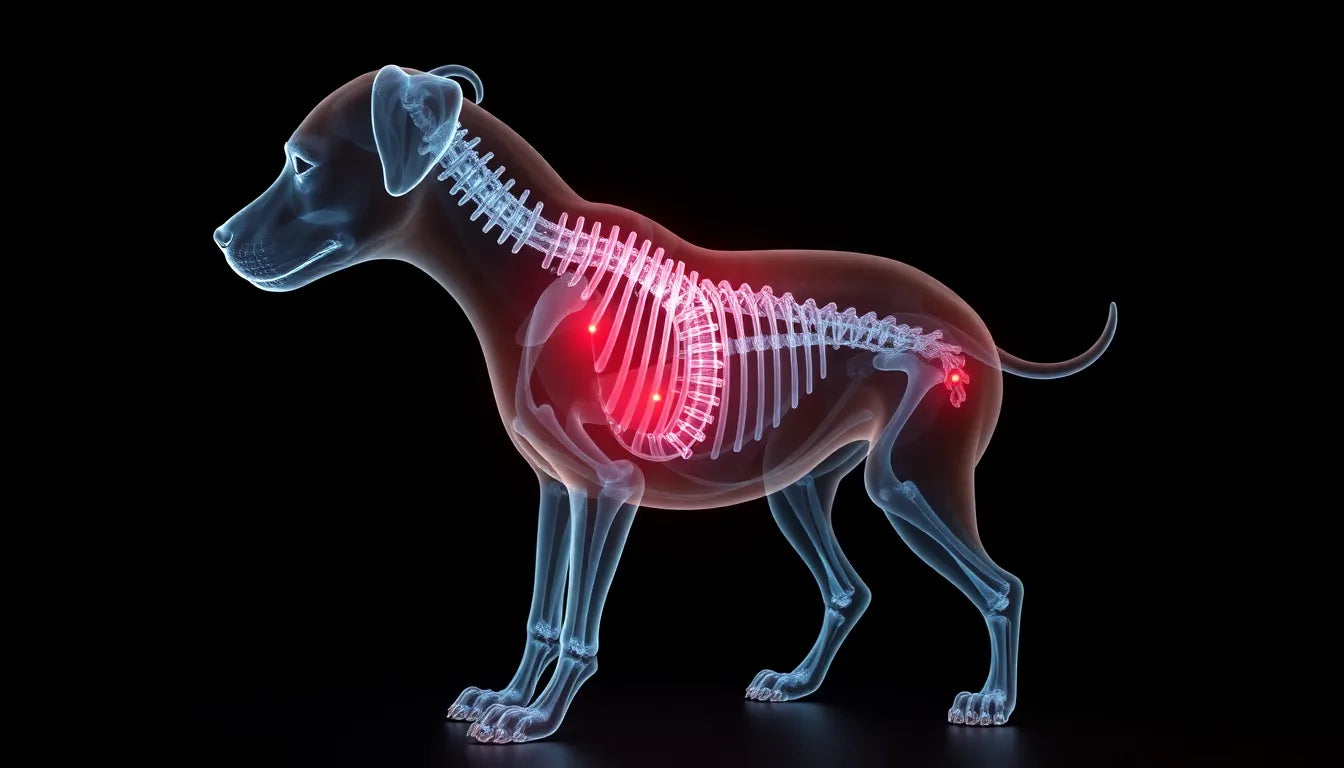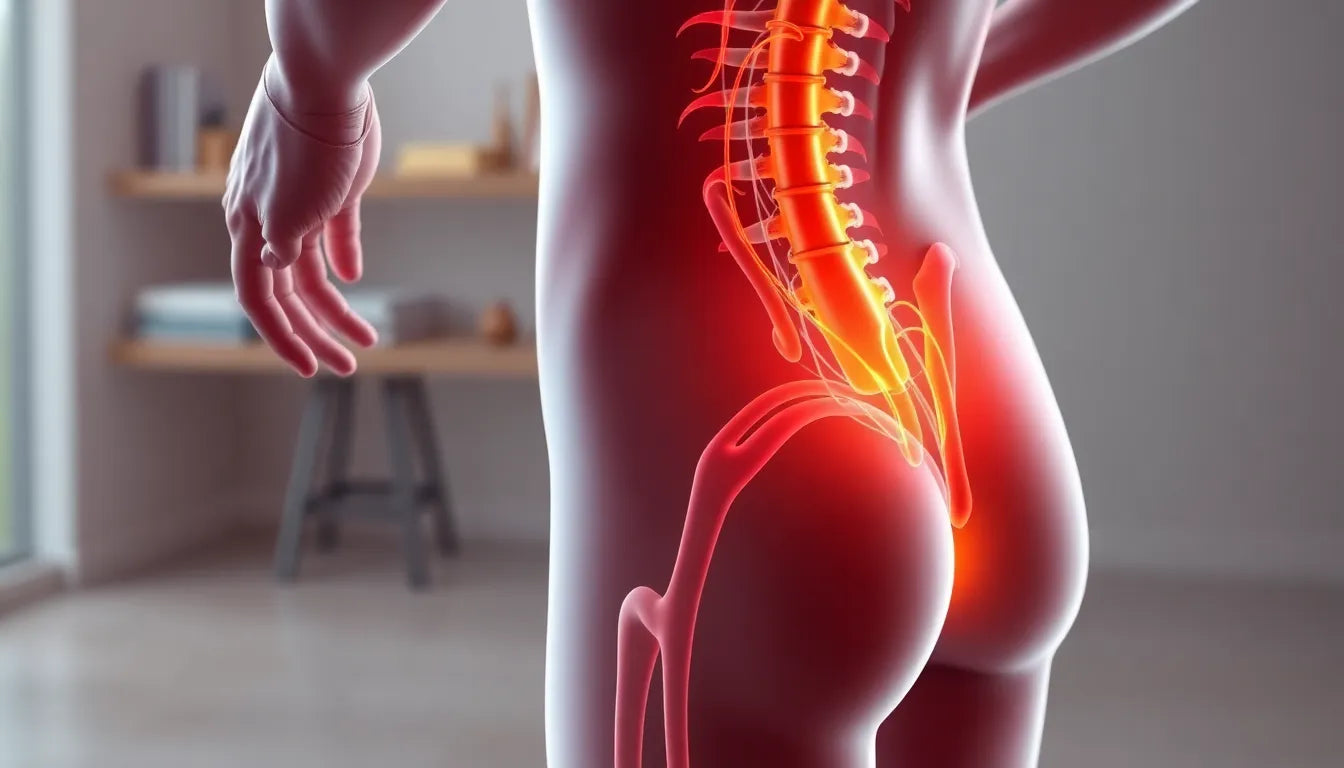Sciatica is a condition that affects millions of individuals worldwide, often manifesting as a debilitating pain that radiates along the sciatic nerve. This nerve runs from the lower back through the hips and buttocks and down each leg, making its impact widespread and challenging for those who suffer from it. The pain associated with sciatica can range from mild to severe, significantly affecting daily activities and quality of life. As people search for effective relief, many are turning to alternative therapies, with acupuncture emerging as a promising option.
Understanding acupuncture for sciatica relief
Acupuncture, a key component of traditional Chinese medicine, has been practiced for thousands of years. It involves the insertion of thin needles into specific points on the body, known as acupoints, to stimulate the body's natural healing processes. This ancient technique is believed to balance the flow of energy, or "qi," throughout the body, promoting overall health and well-being. In recent years, acupuncture has gained recognition in the Western world for its potential to alleviate pain and improve various health conditions, including sciatica.
The focus of this blog post is to explore the efficacy and safety of acupuncture as a treatment for sciatica. We will delve into recent studies and expert analyses that highlight how acupuncture can provide significant relief from the pain and discomfort associated with this condition. By examining the latest research, we aim to provide a comprehensive understanding of how acupuncture works and why it may be a suitable option for those seeking alternative treatments for sciatica.
The potential of acupuncture in treating sciatica
Acupuncture's role in sciatica relief is supported by numerous studies and clinical trials. These studies suggest that acupuncture can offer better outcomes in terms of pain reduction and improved functionality compared to conventional treatments such as medication. Patients undergoing acupuncture often report a decrease in pain severity and an increase in their ability to perform daily activities without discomfort. Moreover, the benefits of acupuncture are not just immediate but can last for several weeks, providing sustained relief for chronic sufferers.
Beyond its effectiveness, acupuncture is also noted for its safety profile. Unlike many medications that carry the risk of side effects, acupuncture is generally considered safe with only minor adverse effects like slight bleeding or bruising at the needle sites. This makes it an attractive option for individuals looking for a natural and holistic approach to managing their sciatica symptoms without the risks associated with pharmacological treatments.
In conclusion, as we continue to explore the potential of acupuncture for sciatica relief, it becomes evident that this ancient practice holds promise as a viable alternative to conventional pain management strategies. By harnessing the body's natural healing abilities, acupuncture offers a pathway to relief for those burdened by the persistent pain of sciatica, paving the way for improved quality of life.
efficacy of acupuncture for sciatica relief
Acupuncture has been extensively studied and is backed by a wealth of scientific evidence as a viable treatment for sciatica. Meta-analyses and systematic reviews have consistently demonstrated that acupuncture can significantly reduce pain and improve functionality in individuals suffering from sciatica. Compared to conventional treatments like medication or sham acupuncture, the benefits of acupuncture are notably superior. For instance, studies have shown that patients experience marked improvements in their Visual Analogue Scale (VAS) scores, a common measure of pain intensity, with effects lasting up to 52 weeks post-treatment.
One of the key advantages of acupuncture is its ability to provide long-term relief. Unlike some conventional treatments that offer only temporary respite, acupuncture's benefits can endure, offering sustained improvement in pain levels and daily functioning. This long-lasting effect is particularly valuable for those with chronic sciatica, who often seek solutions that extend beyond short-term relief.
safety and minimal side effects
The safety profile of acupuncture is another compelling reason for its consideration in sciatica treatment. Large-scale trials have reported only minor adverse effects, such as slight bleeding or bruising at needle insertion sites. Importantly, no serious side effects have been associated with acupuncture, making it a safe alternative to conventional treatments that often involve medications with potential side effects. This safety aspect is crucial for patients who are wary of the complications that can arise from long-term medication use.
enhancing results with combination therapy
Acupuncture's effectiveness can be further amplified when combined with herbal medicine. Studies have reported effectiveness rates as high as 95% when acupuncture is used alongside herbal treatments. This combination therapy leverages the synergy between these modalities, offering a comprehensive approach to managing sciatica symptoms. The integration of herbal medicine can enhance the therapeutic effects of acupuncture, providing a holistic treatment option that addresses both the symptoms and underlying causes of sciatica.
biochemical mechanisms of acupuncture
Understanding the mechanisms by which acupuncture alleviates sciatica pain sheds light on its effectiveness. Acupuncture is believed to influence the body's biochemical processes, reducing inflammatory markers such as IL-1, IL-6, and TNF-α, which are often elevated in individuals with sciatica. Additionally, acupuncture has been shown to increase levels of beta-endorphins, the body's natural painkillers. These biochemical changes contribute to the alleviation of pain and improvement in mobility, providing a scientific basis for acupuncture's role in sciatica treatment.
In summary, acupuncture offers a compelling alternative to conventional treatments for sciatica, characterized by its efficacy, safety, and potential for long-term relief. The combination of acupuncture with herbal medicine further enhances its effectiveness, providing a holistic approach to managing this debilitating condition. As research continues to explore and validate the benefits of acupuncture, it remains a promising option for those seeking relief from the persistent pain of sciatica.
Comparing acupuncture with conventional treatments
When considering treatment options for sciatica, acupuncture stands out as a non-pharmacologic alternative to conventional methods like NSAIDs and opioids. While medications can offer temporary pain relief, they often come with a risk of side effects, particularly with long-term use. Acupuncture, on the other hand, provides a natural approach that not only alleviates pain but also improves functionality with minimal risk. Studies have shown that acupuncture can achieve significant pain reduction and functional improvement, often surpassing the results of medication or placebo treatments.
Despite its benefits, it's essential to acknowledge the limitations in current research. Although numerous studies support acupuncture's efficacy, there is a call for more robust, high-quality trials to further validate its effectiveness. This ongoing research is crucial for establishing acupuncture as a universally recommended treatment for sciatica.
Long-term benefits of acupuncture
One of the most compelling aspects of acupuncture for sciatica relief is its potential for long-term benefits. Unlike some treatments that offer only short-lived relief, acupuncture can provide sustained pain reduction and improved functionality. Research indicates that the positive effects of acupuncture can last for up to a year after treatment, making it an attractive option for those with chronic sciatica seeking lasting solutions.
Frequently Asked Questions
What is sciatica?
Sciatica is a condition characterized by pain radiating along the sciatic nerve, which runs from the lower back through the hips and buttocks and down each leg. This pain can range from mild to severe and may significantly impact daily activities.
How does acupuncture help with sciatica?
Acupuncture helps by reducing inflammation, increasing endorphin levels, and improving blood circulation. These effects collectively alleviate pain and enhance mobility, providing relief from sciatica symptoms.
Is acupuncture safe for sciatica treatment?
Yes, acupuncture is considered safe for treating sciatica. It typically results in only minor side effects, such as slight bleeding or bruising at needle sites, with no serious complications reported in large-scale studies.
How many sessions of acupuncture are typically needed for sciatica relief?
The number of acupuncture sessions required can vary based on the severity of the condition. Many patients experience significant improvement after several weeks of regular treatment, although individual responses may differ.
Can acupuncture be combined with other treatments?
Yes, acupuncture can be effectively combined with other treatments, such as herbal medicine, to enhance its therapeutic effects. This combination can provide a comprehensive approach to managing sciatica symptoms, leveraging the strengths of both modalities.
Sources
- Frontiers in Neuroscience. (2023). "The efficacy and safety of acupuncture therapy for sciatica."
- Hindawi/Wiley. (2015). "The Efficacy of Acupuncture for the Treatment of Sciatica: A Systematic Review."
- Medical News Today. (2024). "Acupuncture for sciatica pain: Is it an effective therapeutic option?"
- Raleigh Acupuncture. "Sciatica Acupuncture Research."
- PCOM. "Is Acupuncture Effective for Treating Sciatica Pain in Adults?"
- PMC. (2015). "Effectiveness of Acupuncture for Treating Sciatica."
- LiveScience. (2024). "Acupuncture really works for sciatica pain, study finds."
- J Neuropsychiatry. "Therapeutic Approach of Acupuncture for Sciatica: A Brief Review."


















